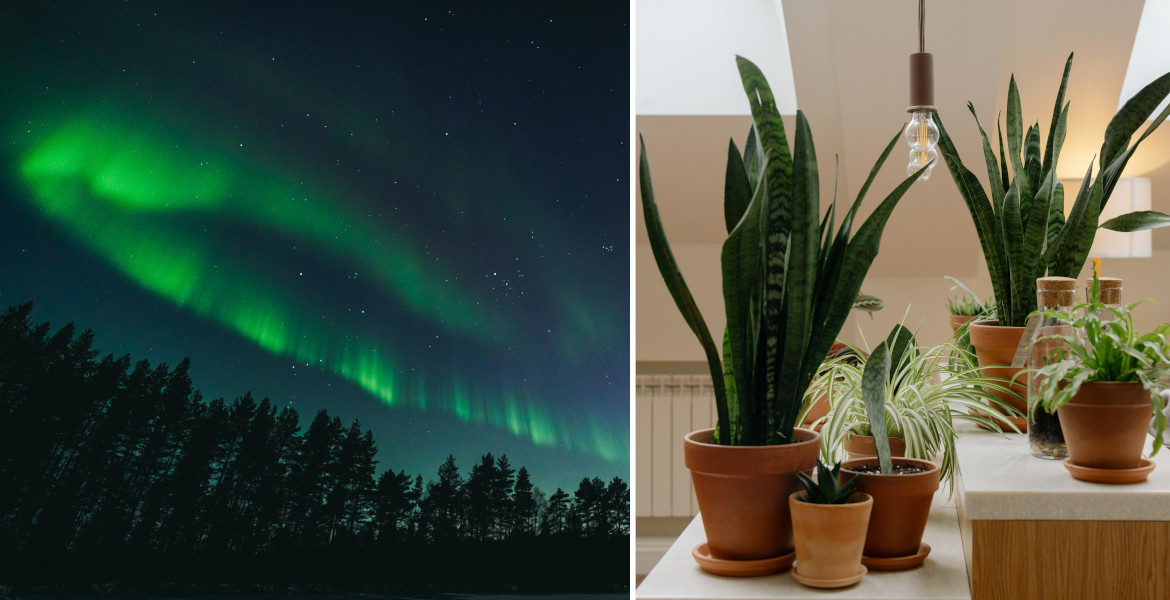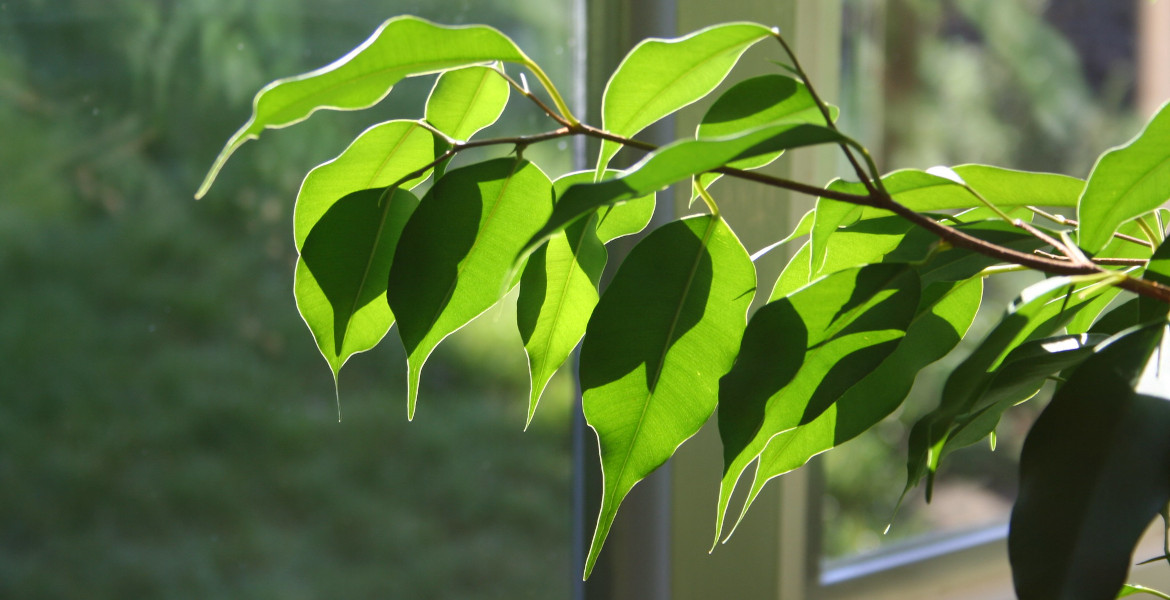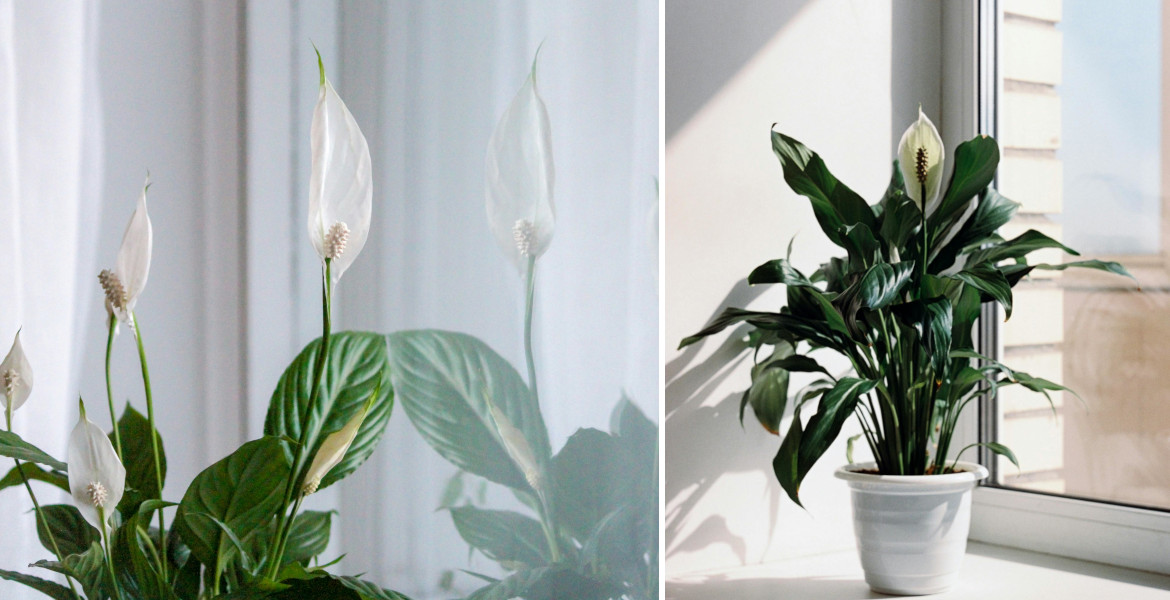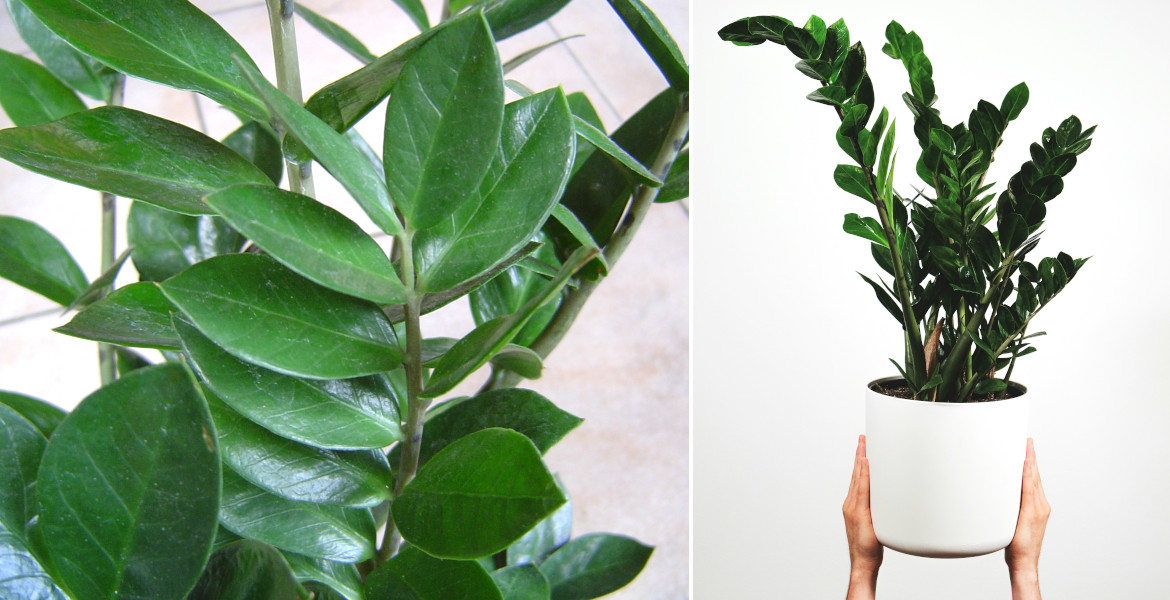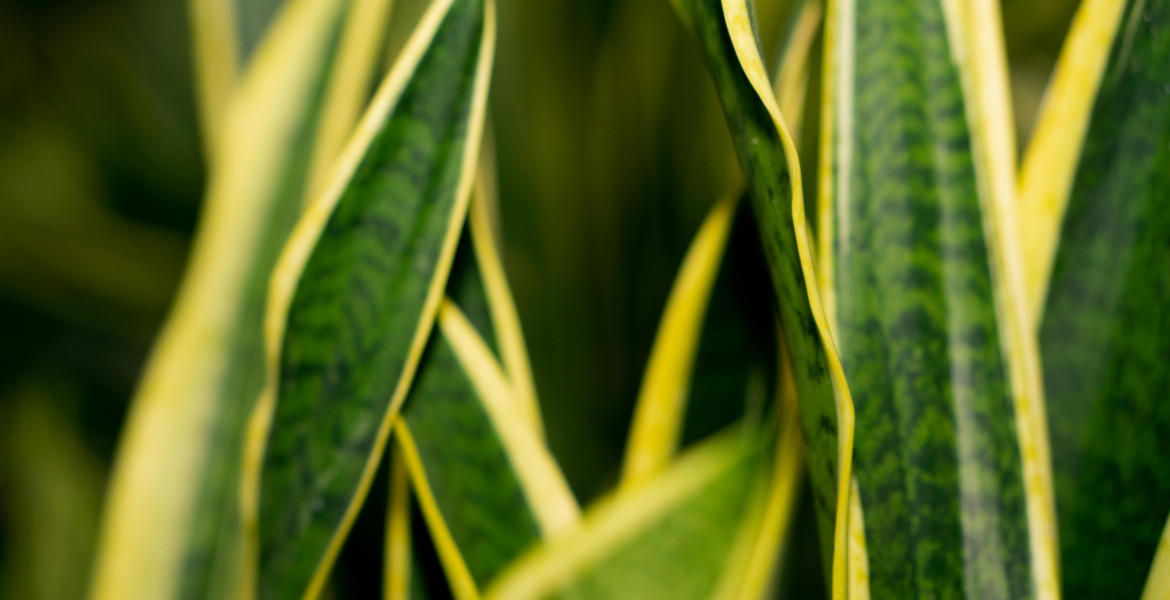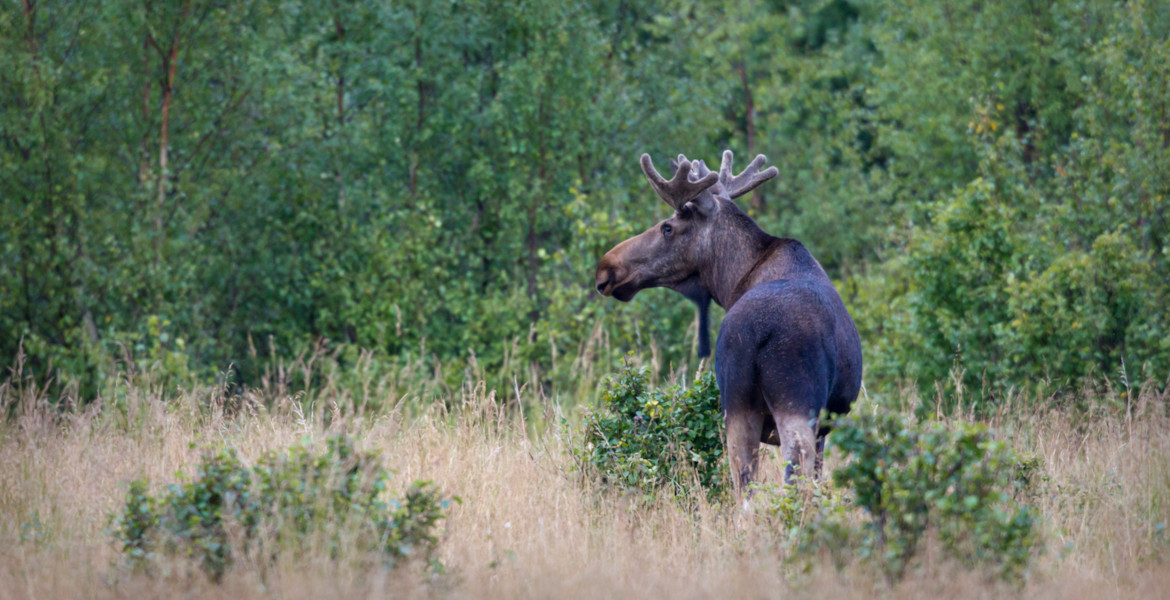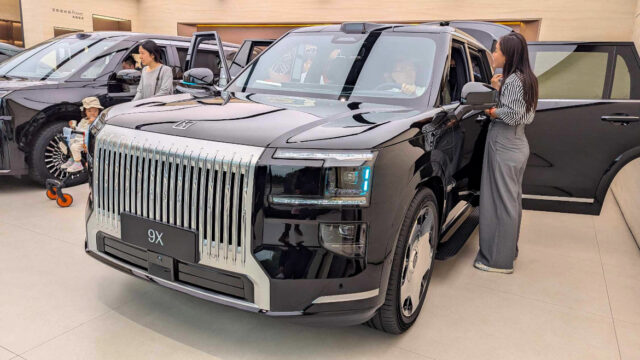Londoner Dani Connor traveled to Sweden last year and had the experience of a lifetime when she rescued four wild baby squirrels.
Dani Connor went from England to northern Sweden in March last year. She is a nature photographer as well as a zoologist and came to volunteer with another nature photographer. She fell for the Swedish nature and especially the wildlife very quickly, and especially for her new favorite animal – the squirrel.
– With their exaggerated ears, charismatic personality and cute face, it's hard not to fall for them, says Dani in one of her videos.
She remained in Sweden because of the corona crisis and spring came to Kalvträsk. Then a tragedy occurred – a female squirrel she had been following with her camera, which she called Remi, was run over. Dani knew Remi had kids.
– When I said goodbye to her, I sat in the forest for a while and suddenly I see something red in the grass. It was a small baby squirrel, she says.
She quickly realized that there were four cubs and that they would not survive without help. Dani then decided to save the cubs. From that day, she spent four to six hours in the woods with the cubs, making sure they were fed and comfortable.
She named them Little Pear, Baby Moomin, Cheburashka and Little Flame.
Pretty quickly the baby squirrels became comfortable with Dani and came down from the tree when she called. She developed a close relationship with them, something she says she learned a lot from.
– The squirrels have given me so much joy and also taught me patience and perseverance to keep them alive. They have also taught me the importance of creating bonds with individual wild animals.
The squirrels grew up and fended for themselves. It was therefore time for Dani to leave her squirrel family and travel on. Only at the end of 2020 did she come back to Kalvträsk again and look for her new family. Winter had come and the snow was thick on the trees. Every day she went to the forest where the squirrels had lived, without seeing any of them, but after a few days Dani finally caught sight of the squirrels. She put out some peanuts and several squirrels came to eat. However, it wasn't one of the kids, but other squirrels.
Despite her daily visits to the squirrel forest, she saw no cubs, until one day when she stayed home. She looked out her window and saw a little squirrel sitting there.
– It wasn't afraid when I opened the window and I immediately saw who it was. Baby Pear.
Shortly afterwards she also saw Cheburashka. Two of the baby squirrels had survived. She does not know what happened to the other two, but that two survived is still against all odds.
Dani concludes by saying that she had no idea that she would develop such a strong bond with these animals when she travelled to Sweden.
– After spending hundreds of hours in the forest, I learned to identify all the squirrels and their personalities. It was also fascinating to see the different bonds they had with each other.


